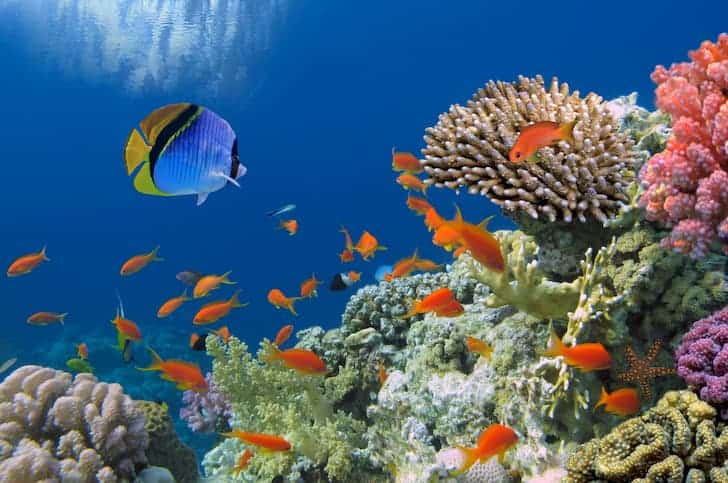The outcome of the biodiversity conference COP15 charts global targets and timetables that can see nature pulled back from the brink by 2030, and help keep 1.5 alive. Over the next year, the 196 governments are supposed to go back home and put what was agreed into action.
That means governments making plans by 2024 to meet these goals and rich nations funding USD 30bn a year by 2030 to help developing countries, with everyone coming back every few years to check in on progress. Critically, big businesses and investors must also report on their actions that impact and protect nature.
Key outcomes
- 30×30 – more clarity was introduced to ensure that the targets are 30% of land and 30% sea
- Species target – the omission of the 2030 target to halt extinction and species decline has been strengthened
- Fund – quickly established Global Biodiversity Fund by 2023 with its governance under the Global Environmental Facility with a sunset clause in 2030
Why this matters
Nature Positive & Net Zero economies – COP15 marks a clear destination, money and roadmap for how we halt and reverse the decline of nature. The desire to reach Net zero and nature positive economies is now agreed in international law – there are no excuses for inaction. We can expect governments to plan and legislate as a result.
Climate / Food / Economic security – Nature loss is ⅓ of the climate problem but nature can contribute to ⅓ of the solution. We cannot achieve the Paris agreement without action to protect and restore nature – this deal is vital for our climate, economic and food security.
Governments and companies are accountable – The new global deal for nature is entirely different from its predecessor (Aichi) that was largely ignored. COP15 puts robust government plans and business accountability at its heart – all parts of our economy are involved – no one is exempt. But it will require civil society holding their feet to the fire.
Big money is on the table – USD30bn per annum of international public finance from developed to developing countries will support developing countries and catalyse action to protect and restore nature.
People and Nature in unison – The deal shows a seachange in how governments, business and nature charities view conservation, explicitly championing the most effective agents to protect nature – Indigenous Peoples. Previous deals did not go far enough on this and we lost nature as a result.
Related Articles





